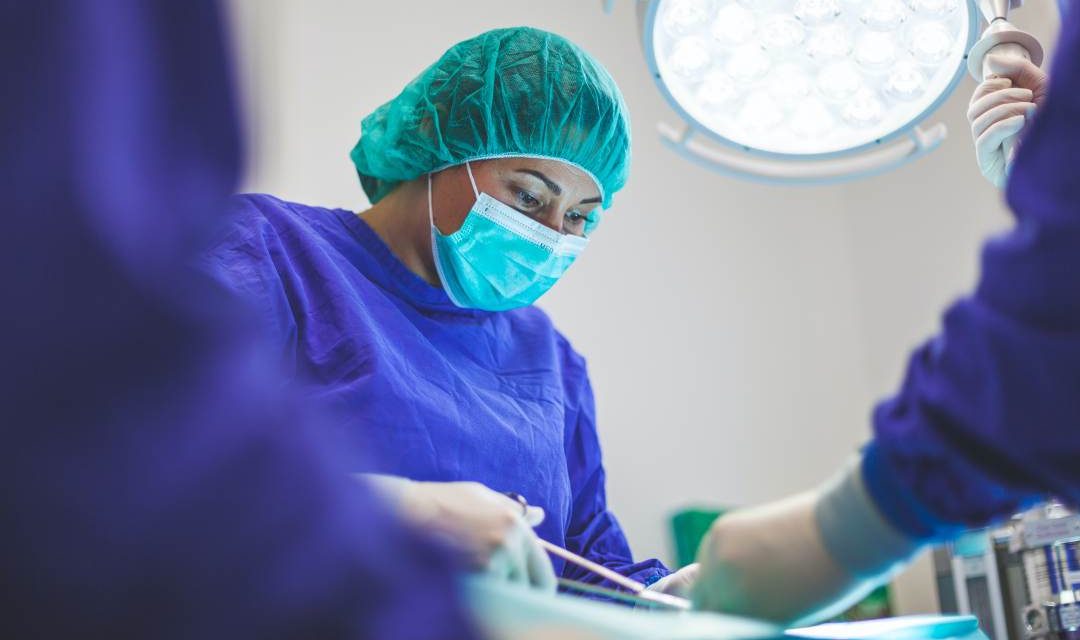Injuries of the abdomen and abdominal organs are an extremely important area in surgery and emergency medical care in the field. The large number of abdominal organs and their anatomical location present a wide range of possibilities for different injuries that can sometimes have fatal consequences. Abdominal injuries can result from various traumas (traffic accidents, blows to the abdominal wall, mass disasters and as a result of war events). Because of the potential of such injuries and the consequences they can cause, it is essential to have a well-defined algorithm for their management, both in the field and in hospitals or surgical facilities. These injuries are often associated with injuries to other systems, especially in the context of traffic accidents (polytrauma). The primary approach to these injuries is timely medical intervention, recognition of injury symptoms and provision of appropriate assistance, while adhering to surgical doctrine in their definitive management.
Factors influencing the course and prognosis of abdominal injuries include site of injury, involvement of one or more abdominal organs, and associated polytrauma injuries. Injuries to solid organs such as the liver, spleen, pancreas and perforation of hollow organs greatly contribute to a worse prognosis. Intra-abdominal bleeding, both intraperitoneal and retroperitoneal, also plays a key role.
The extent of destruction of the abdominal wall and abdominal organs depends on the force acting as the cause of abdominal trauma. The anteroposterior force compresses and crushes the abdominal organs between the force and the spine. The tangential force mobilizes the abdominal organs beyond the limits of their mobility, which can lead to rupture of the roots of the mesentery and mesocolon, as well as rupture of the liver and spleen. Explosive injuries, which can cause rupture of hollow organs, also affect the abdominal organs in a similar way.
The approach to abdominal injuries, as well as to all life-threatening injuries, is similar, but specific to each individual injury. It is essential to recognize the injury in time in the field (Emergency Medical Services), provide emergency resuscitation measures based on the clinical condition and type of injury, and ensure fast and appropriate transport to the nearest competent surgical facility. The operation of surgical teams must be fast and efficient without unnecessary and sometimes redundant diagnostic procedures in the emergency department.
Classification of abdominal injuries: There are several criteria for the classification of abdominal injuries, and the categorization of injuries provides the basis for further treatment of the injured person:
- Open and closed injuries: The main criterion is maintaining the integrity of the skin of the abdominal wall.
- Penetrating and non-penetrating injuries: Depending on whether the peritoneum is injured. Perforating and non-perforating injuries: Depending on whether a hollow organ is injured or not.
- Injuries can be classified according to the mechanism of occurrence: stab wounds, gunshots, through-and-through injuries, contusions.
- According to the degree of damage: isolated (only one organ is injured), multiple or combined injuries with injuries to other systems.
- Common pathophysiological changes that usually accompany abdominal injuries are bleeding with all the consequences, dehydration due to fluid loss, either due to perforation of a hollow organ or vomiting, and the consequences of infection such as peritonitis in the later stage of the disease with all the associated pathophysiological effects.
- In order to avoid complications of abdominal injuries and possible missed examinations at the site of the injury, it is important to be familiar with the symptoms of abdominal injuries.
The clinical examination must include specific postulates, for example, a detailed examination of the entire abdomen, checking the continuity of the skin, assessing whether the injury is penetrating, knowing the mechanism of the injury and the time of the injury. If possible, reconstruct the forces acting on the abdominal wall, such as the direction of the shot. Never probe the canal for penetrating injuries as this may cause additional damage and introduce infection into the abdominal cavity.
It is crucial not to draw conclusions about possible injuries or injury severity based on the force applied to the abdomen. Sometimes even a small force can cause significant damage. Also, a small entrance wound can injure several organs, especially in the case of explosive injuries.
Once a working diagnosis is established and resuscitation measures are applied on site, the patient should be transferred to the nearest appropriate surgical facility, where the diagnostic procedure continues. Closed abdominal injuries are more difficult to diagnose and often present with more severe symptoms. When dealing with abdominal trauma, it is important to consider injuries to the abdominal organs, especially in car accidents.
Symptoms of abdominal injuries include:
- Pain that intensifies over time after the injury.
- The presence of preservation of the abdominal wall.
- Sometimes, pain in the left shoulder.
- Specific body position or ability to walk if possible.
- Nausea and vomiting.
After a thorough examination and assessment of the injuries, the doctor will choose appropriate treatment methods to reduce complications and improve the patient’s outcome. The procedure may include surgical interventions, stabilization, analgesia and other therapeutic measures, depending on the severity of the injuries.
It is important to note that abdominal injuries, regardless of their mechanism of origin, require immediate medical attention and careful management to reduce the risk of complications and speed up the recovery process.


0 Comments